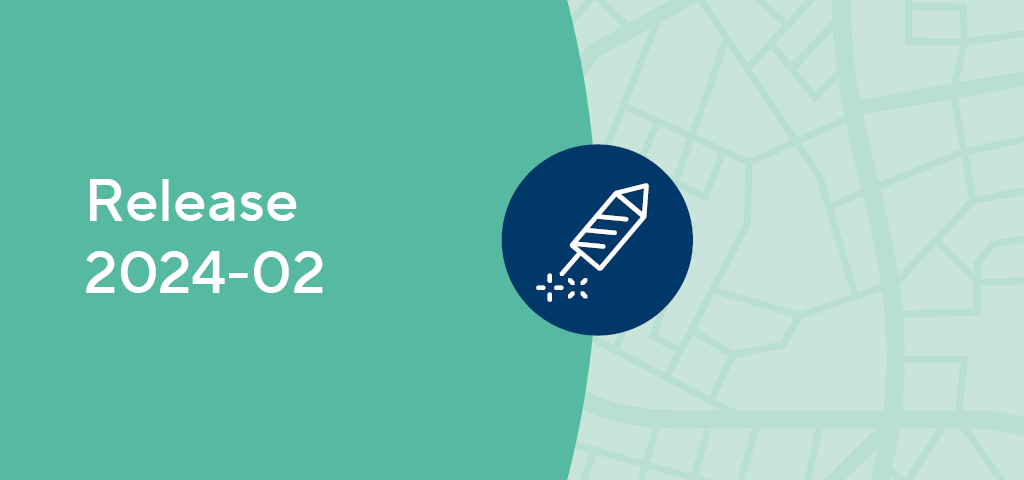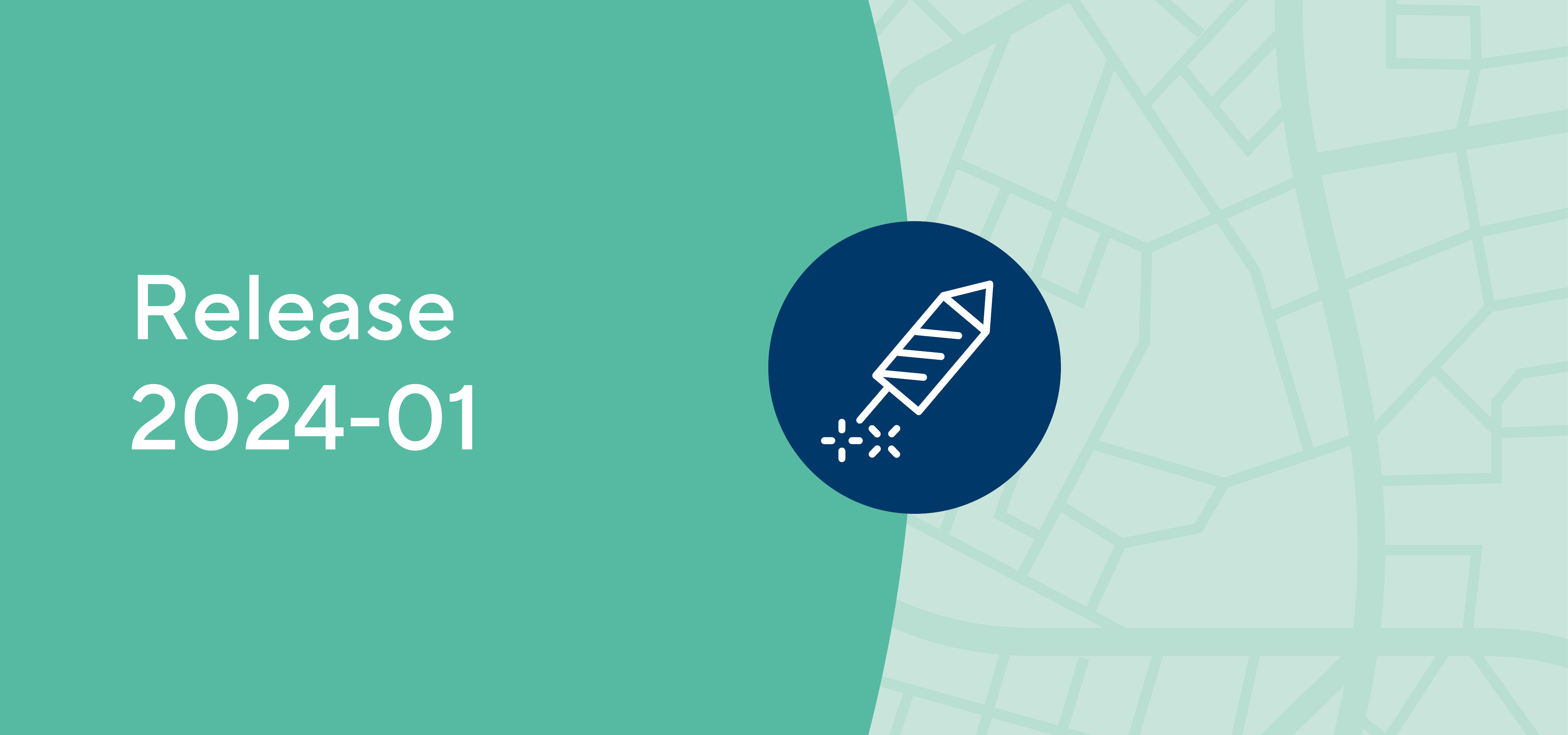Innovative features for a better user experience
Our latest release includes a number of new features and enhancements designed to maximise value for our customers. With the introduction of new filter options and updates, we aim to make your workflow more efficient.
Enhanced filter options in the Objects application
The revised “Status/Construction History” filter now allows more precise filtering of project developments over different time periods. Whether the developments are current, future or past, the filter delivers the desired results.
The project phase and project type can be defined. The project phases are “in planning”, “under construction”, “completed”, “in demolition” and “put on hold”. “In planning” is a project that is known to us but not yet under construction. “Out on hold” refers to developments that have been stopped.
New construction has been added as a project type in addition to “area extension/addition”, “redevelopment/modernisation” and “reconstruction”. A development is always defined as a “project” in the filter, regardless of the current situation of the building. If you search for completed projects (e.g. past renovations), you will also find buildings that are currently marked as “object” in the application because no project development is currently taking place, but which match the filter because they were part of the project development searched for in the past.
The “object” selection only selects buildings for which no development is, has been or will be taking place in the selected period (depending on the filter period).
We have also added the “Year of construction” filter to narrow down the properties or projects based on their year of construction.
Practical tips
The new feature opens up a variety of use cases, such as identifying new developments in the planning stage, or searching for properties with a specific year of construction but no current project plans:
New buildings in planning without start of construction
Display buildings that are planned as new buildings. This filter allows you to identify projects in the planning stage that have not yet started construction. Activate the following filter settings in the Construction History/Status filter: Select the project type “New construction” and the project phase “in planning”.
New buildings in the next 5 years
Identify buildings due for completion in the next 5 years. This feature allows you to identify future developments and investment opportunities at an early stage. To do this, activate the project type “New construction” and project phase “Completed” filter settings. Then set the time period accordingly.
Older properties without developments
For example, find buildings built between 1950 and 1980 that have not been developed in the last 10 years. You can use this filter to identify a potential refurbishment backlog at an early stage and take appropriate action. Activate the following filter settings:
- In the “Status/construction history” filter, select the “Property” option and specify the period of project developments (in this example, 2014 to 2024).
- Enter the period “from 1950 to 1980” in the “Year of construction” filter.
Note: The general time filter is still available to refine the other filter options, allowing more advanced queries. For example, for buildings built between 1950 and 1980 with an estimated return of more than 3% in 2023, you can display renovations from 2025 to 2029.
New Usage Type filter in the Objects application
Previously, it was only possible to filter by building type in the “Objects” application. This meant, for example, that residential buildings could be selected, but not mixed-use buildings. The new filter closes this gap and can be combined with the other filters as usual.
Improved display on the actor details page
The actor details page has also been optimised to give our customers a better overview. The specific values for the properties are now listed in the role analysis, allowing for a more accurate evaluation. For example, a buyer who has purchased 50% of a building will now only see the actual area purchased instead of the total building data. This update allows for reconciliation with the charts and KPIs above the list.
Updating the empirica regio data
For our new release, we have not only worked on user-friendliness, but also on keeping our data up to date. For example, we have recently integrated the new empirica regio forecasts on population development and future housing demand. What is new is that they no longer show a separate population forecast for the Ukrainian refugees. Instead, they are now part of the general forecast. With the new base year 2022, the forecast horizon has also been extended by 10 years, so that the forecast now covers the period from 2023 to 2045.
Would you like to learn more about the new empirica regio forecasts?
Then register here for our free webinar. You can look forward to a keynote speech on demographic trends up to 2045 and their impact on the regional housing market in Germany, followed by a discussion.










